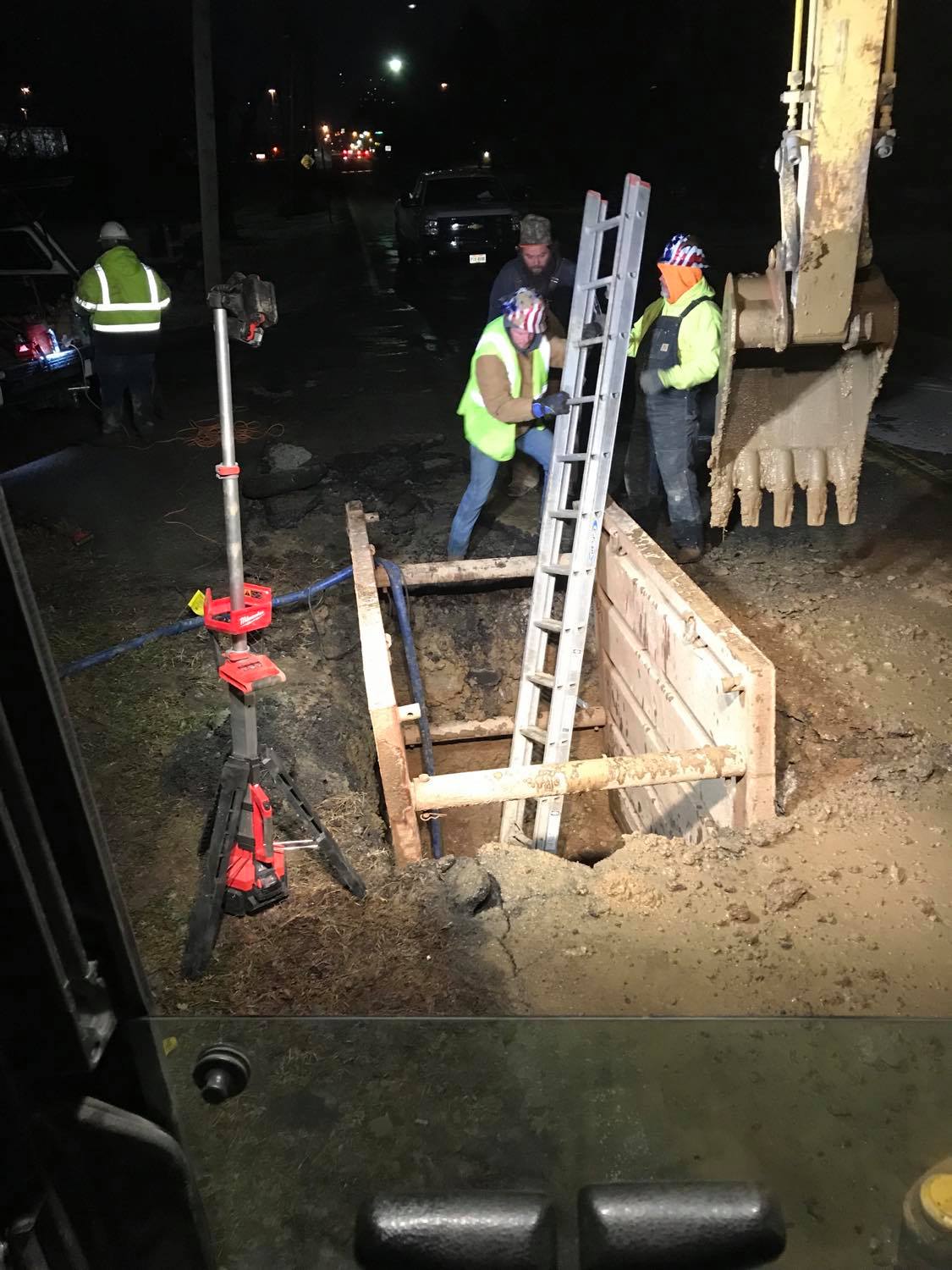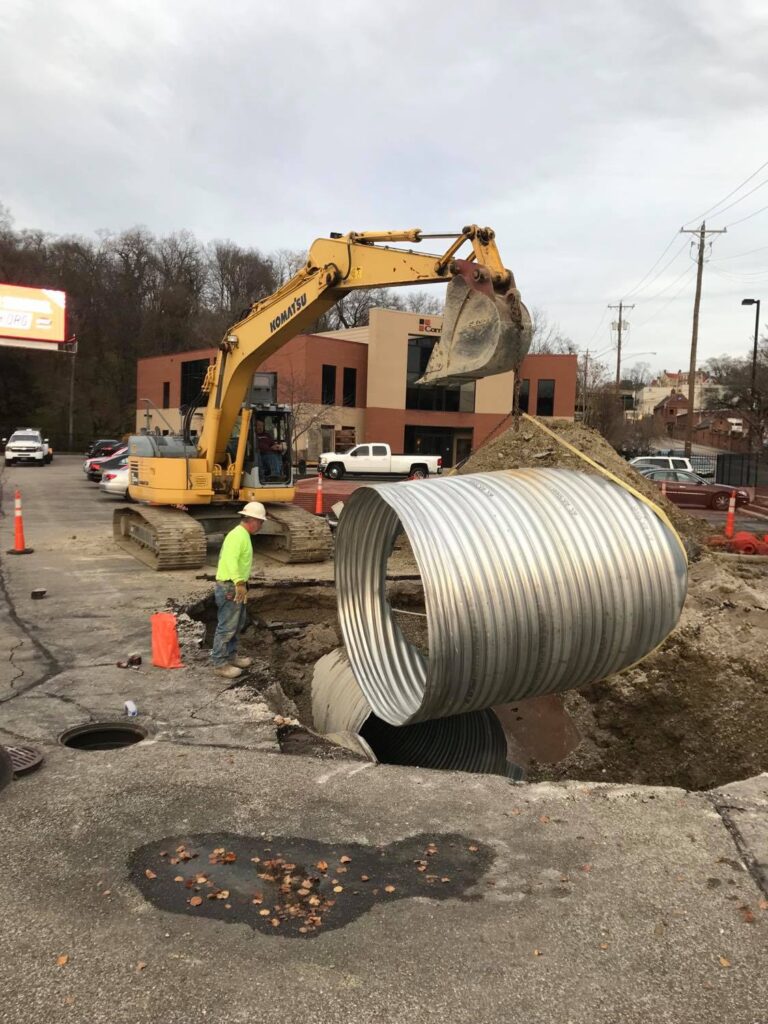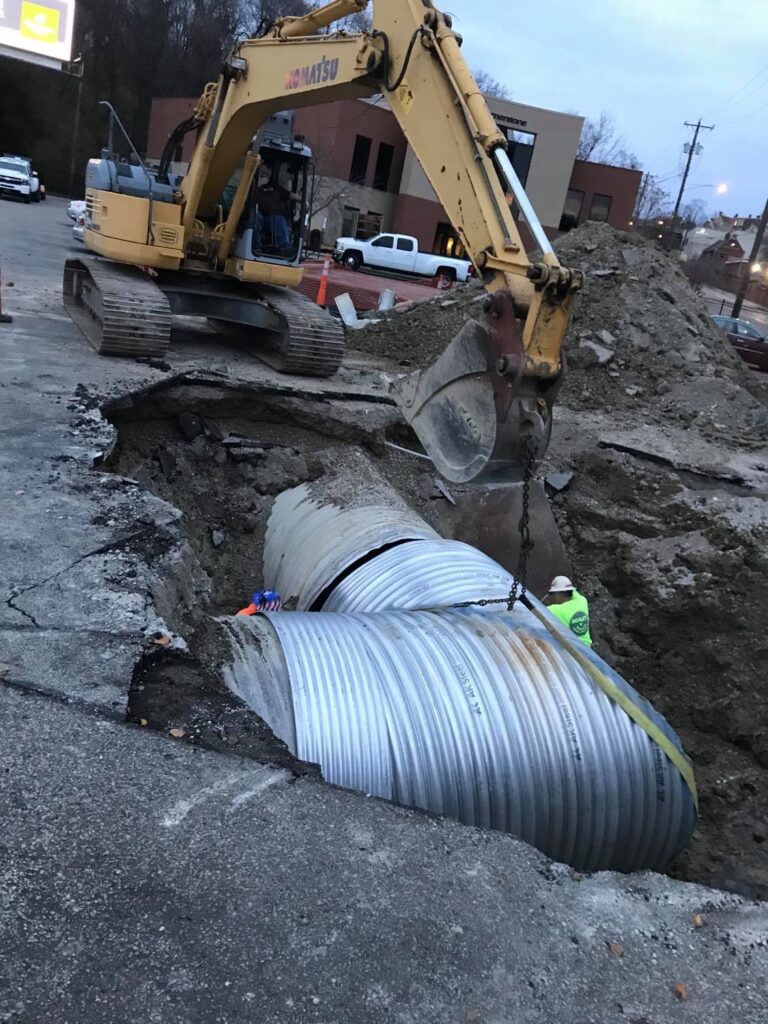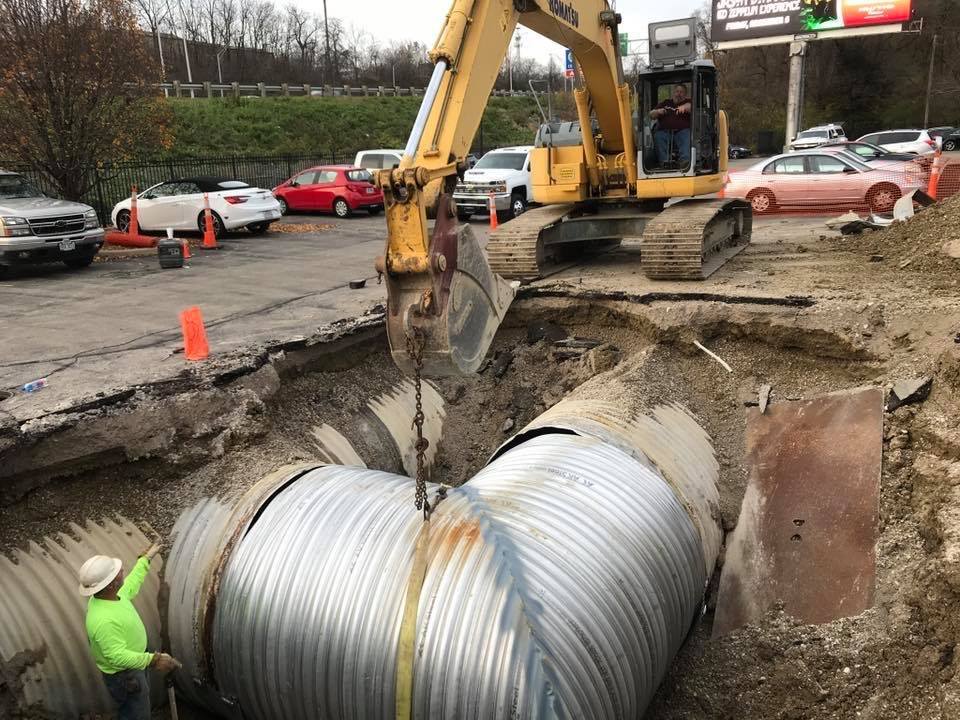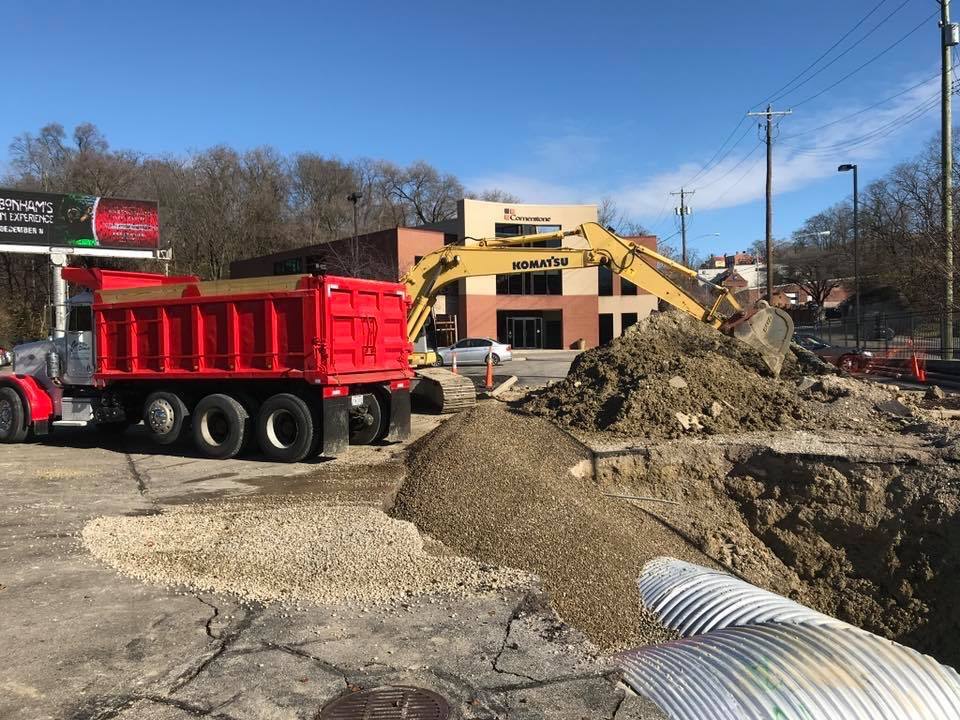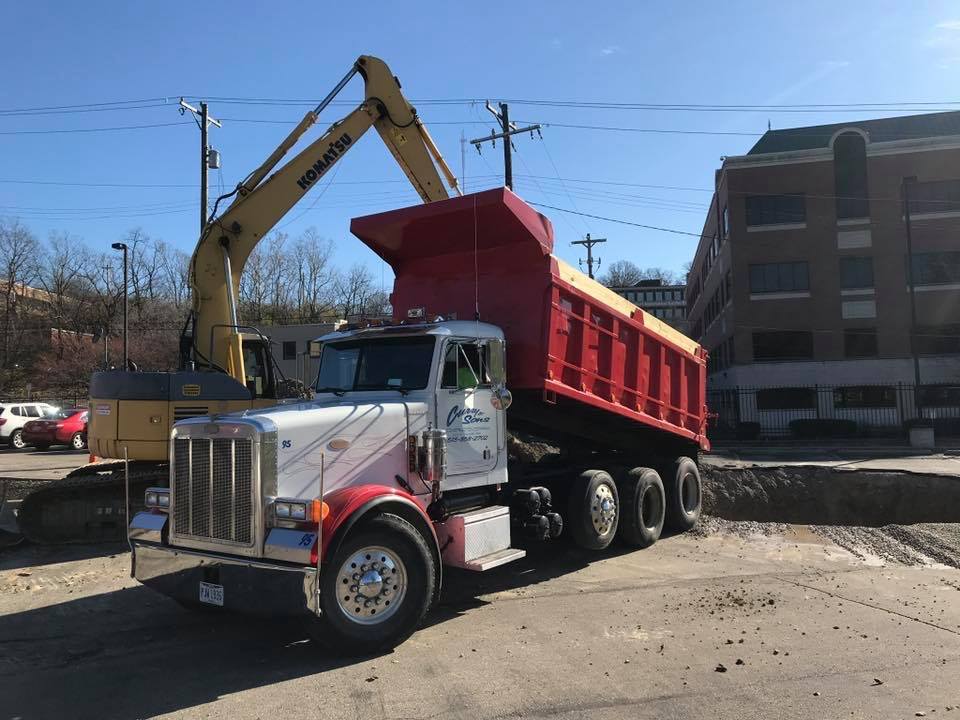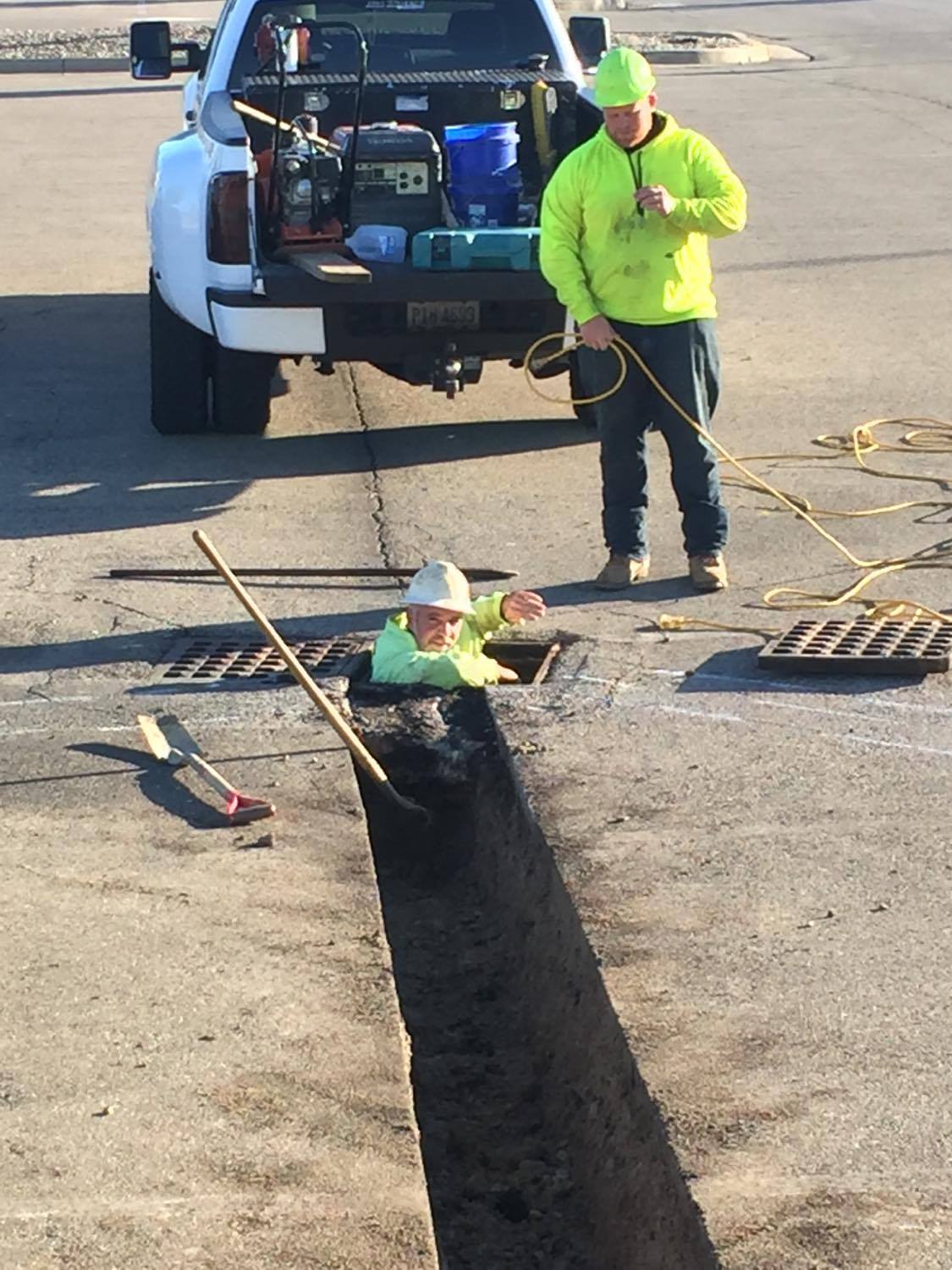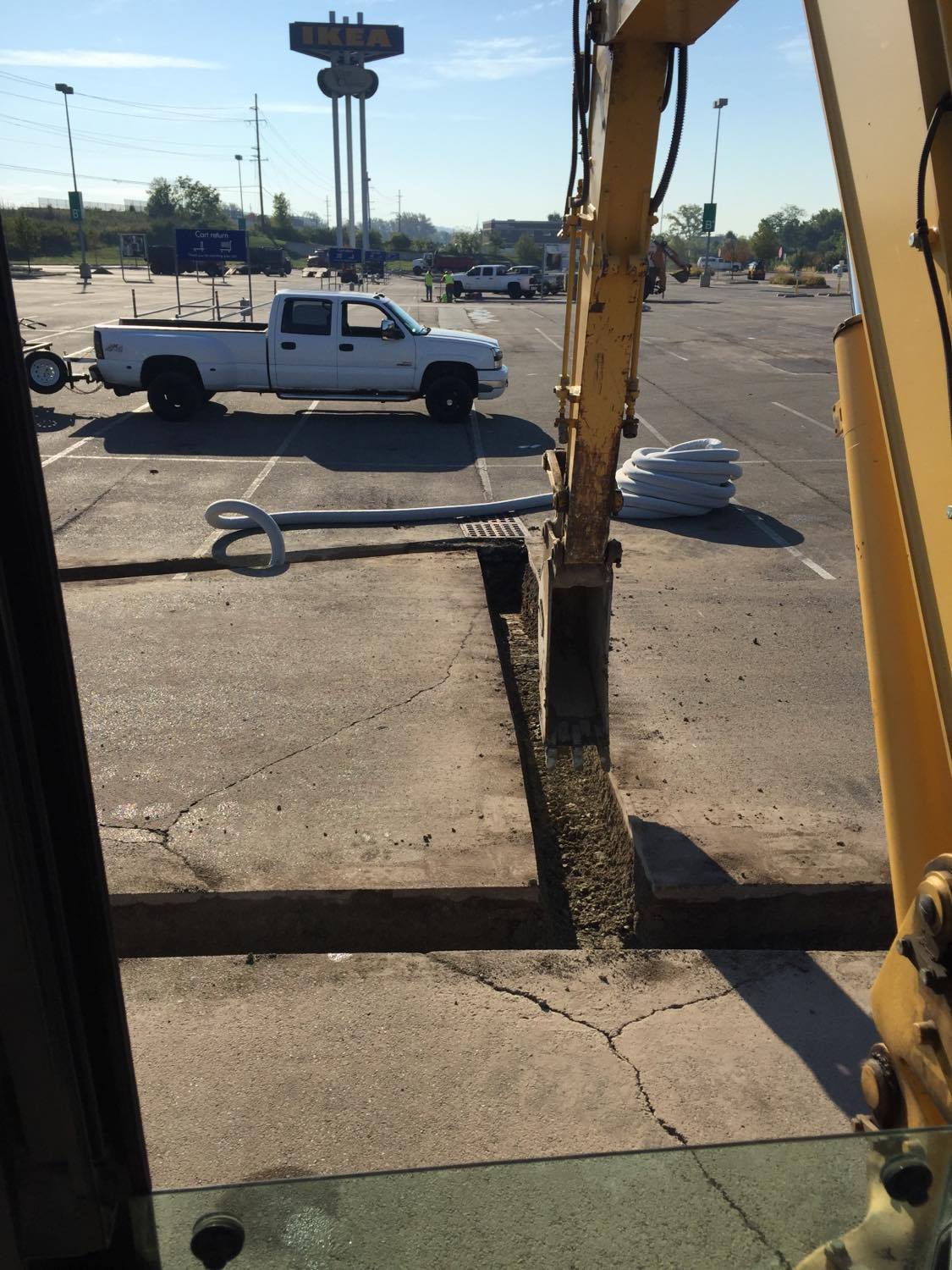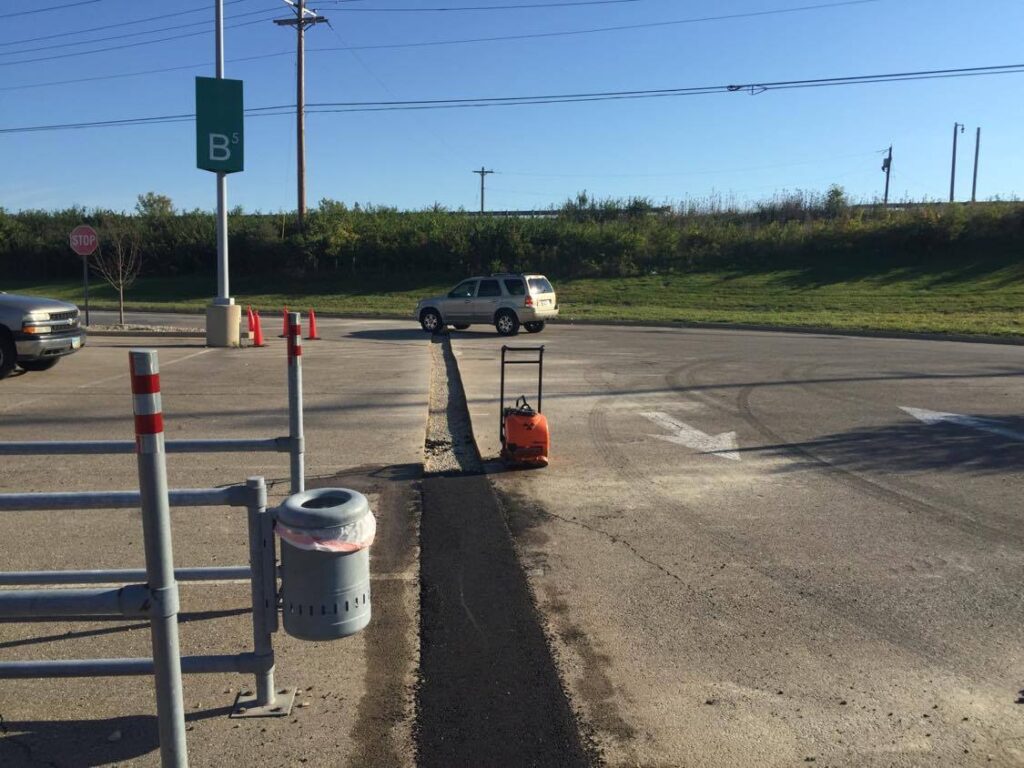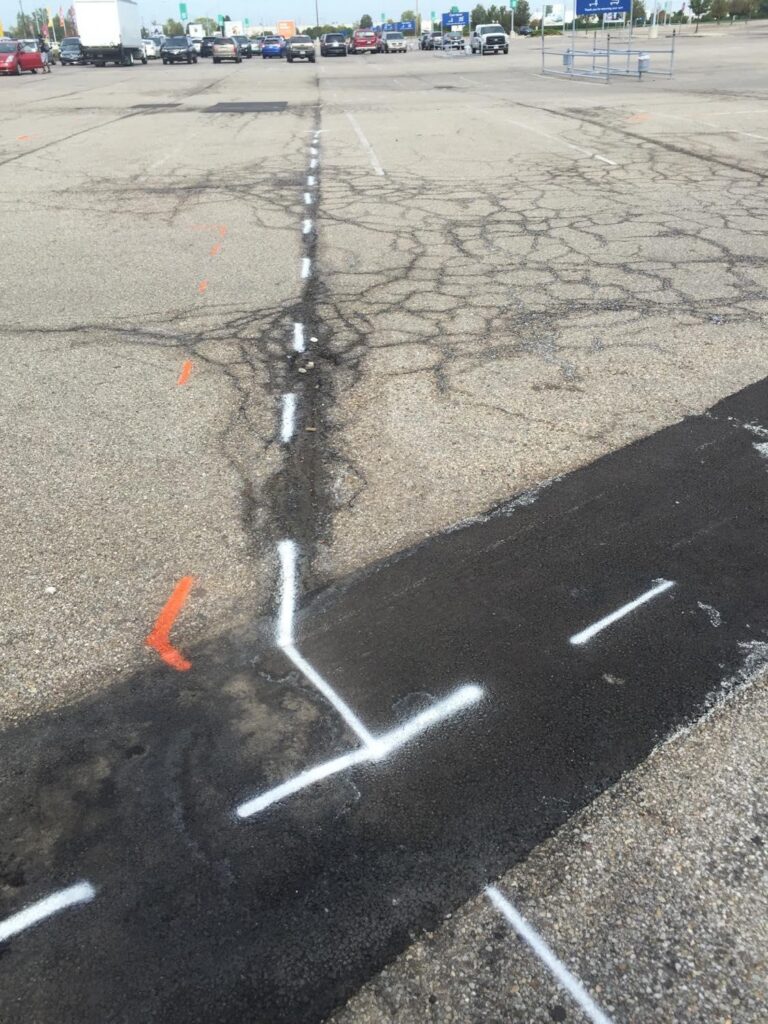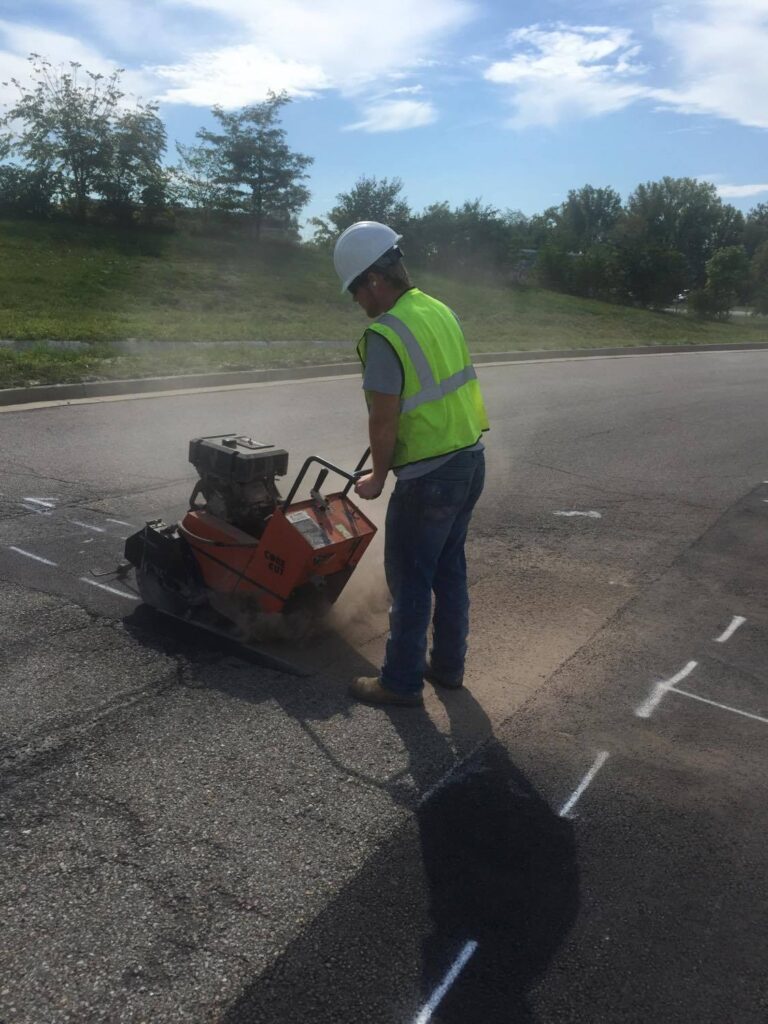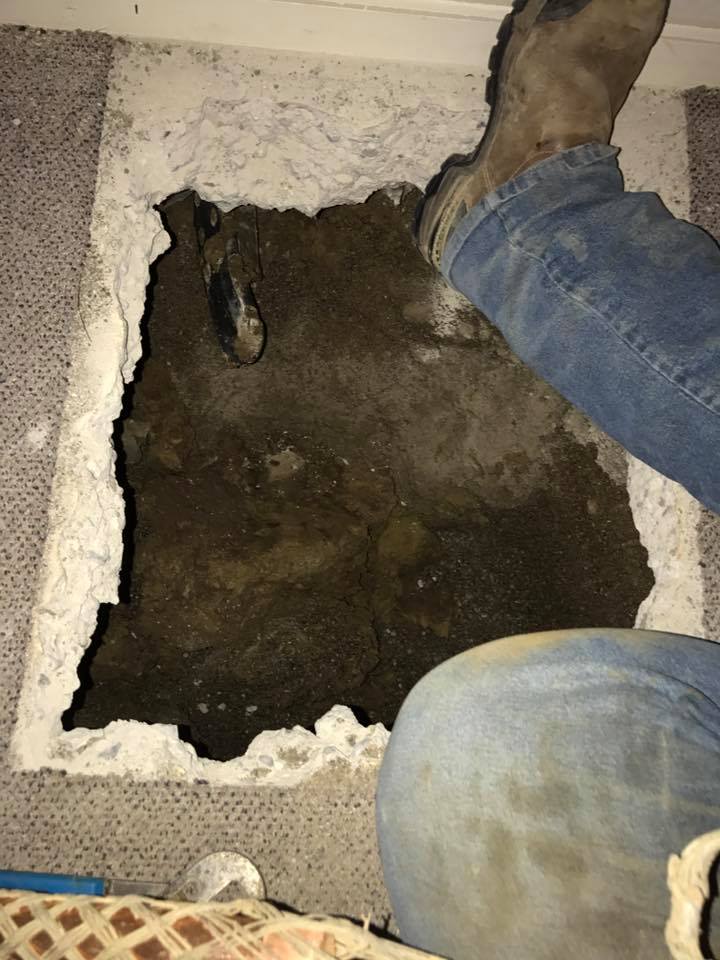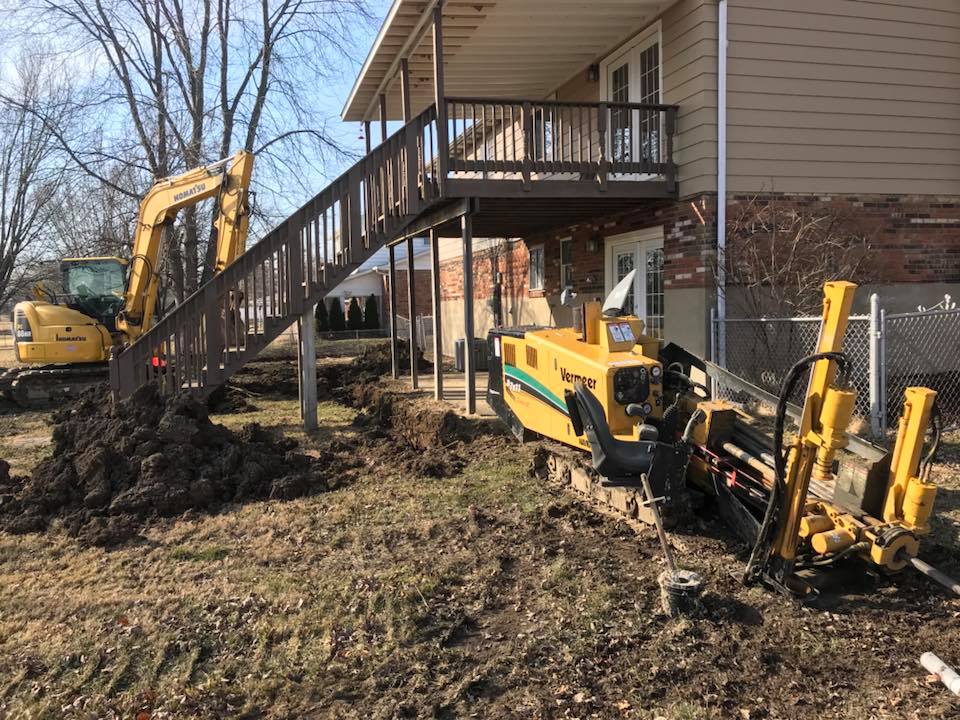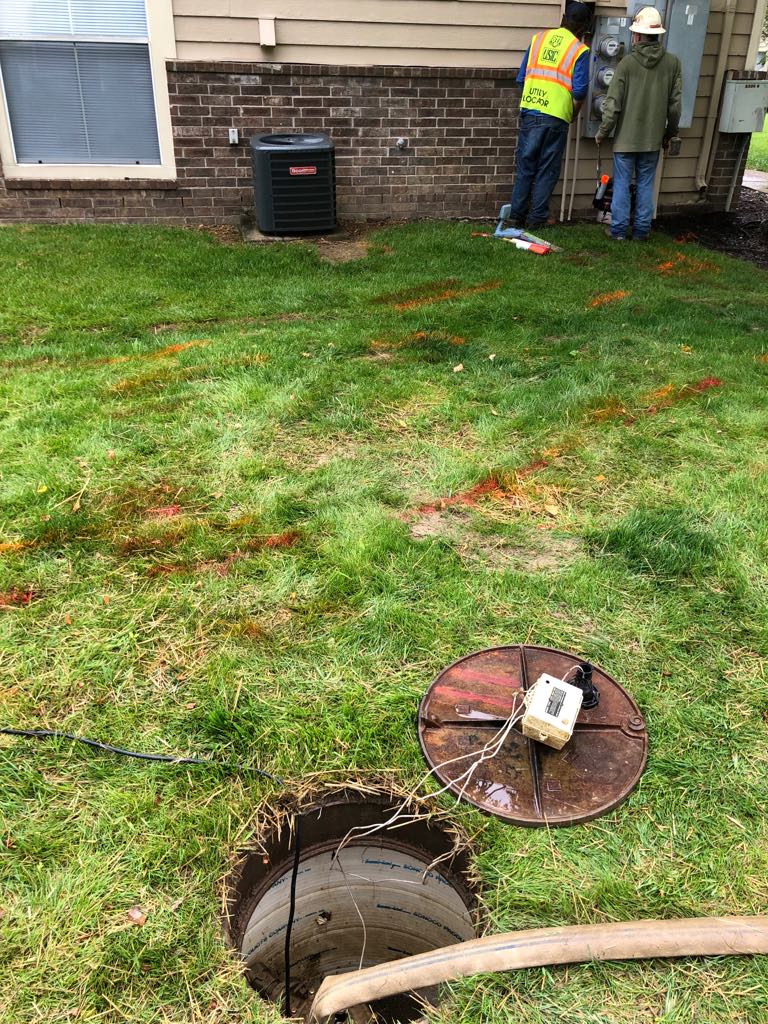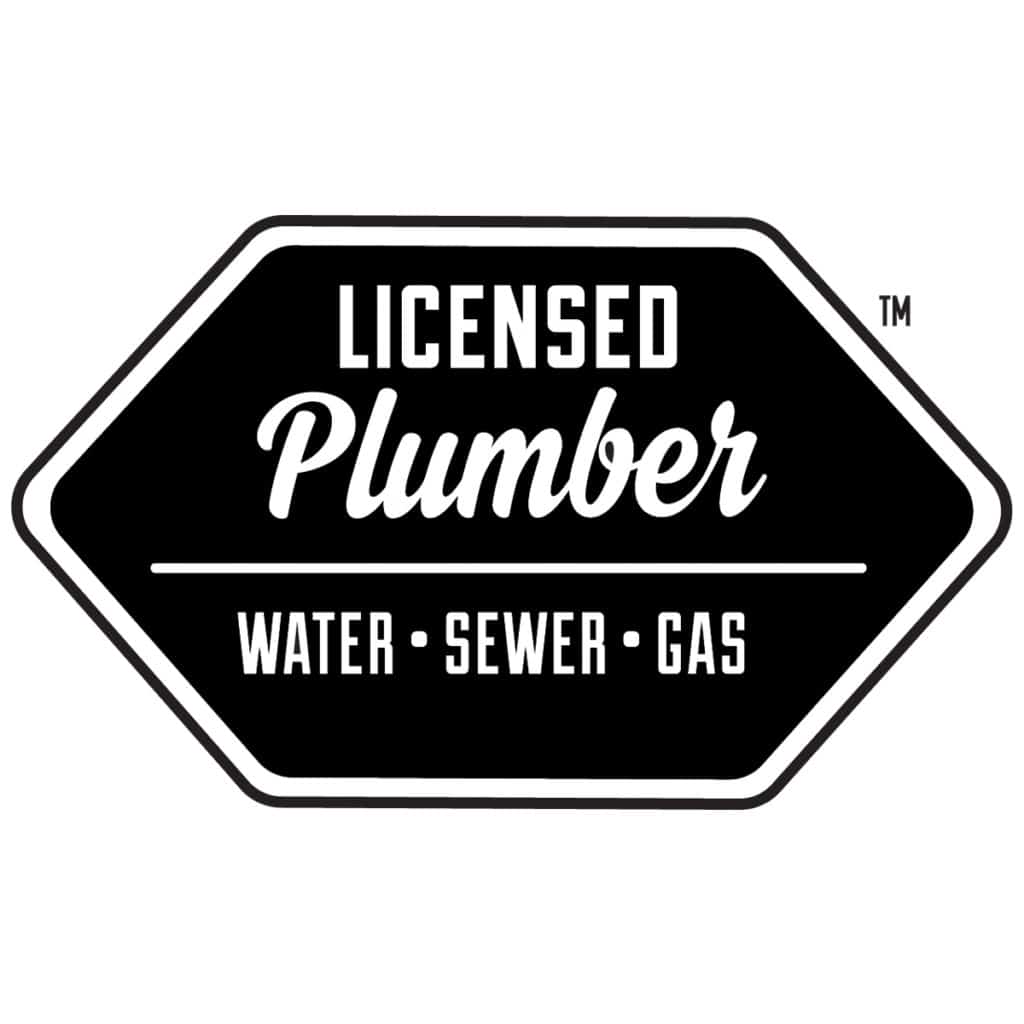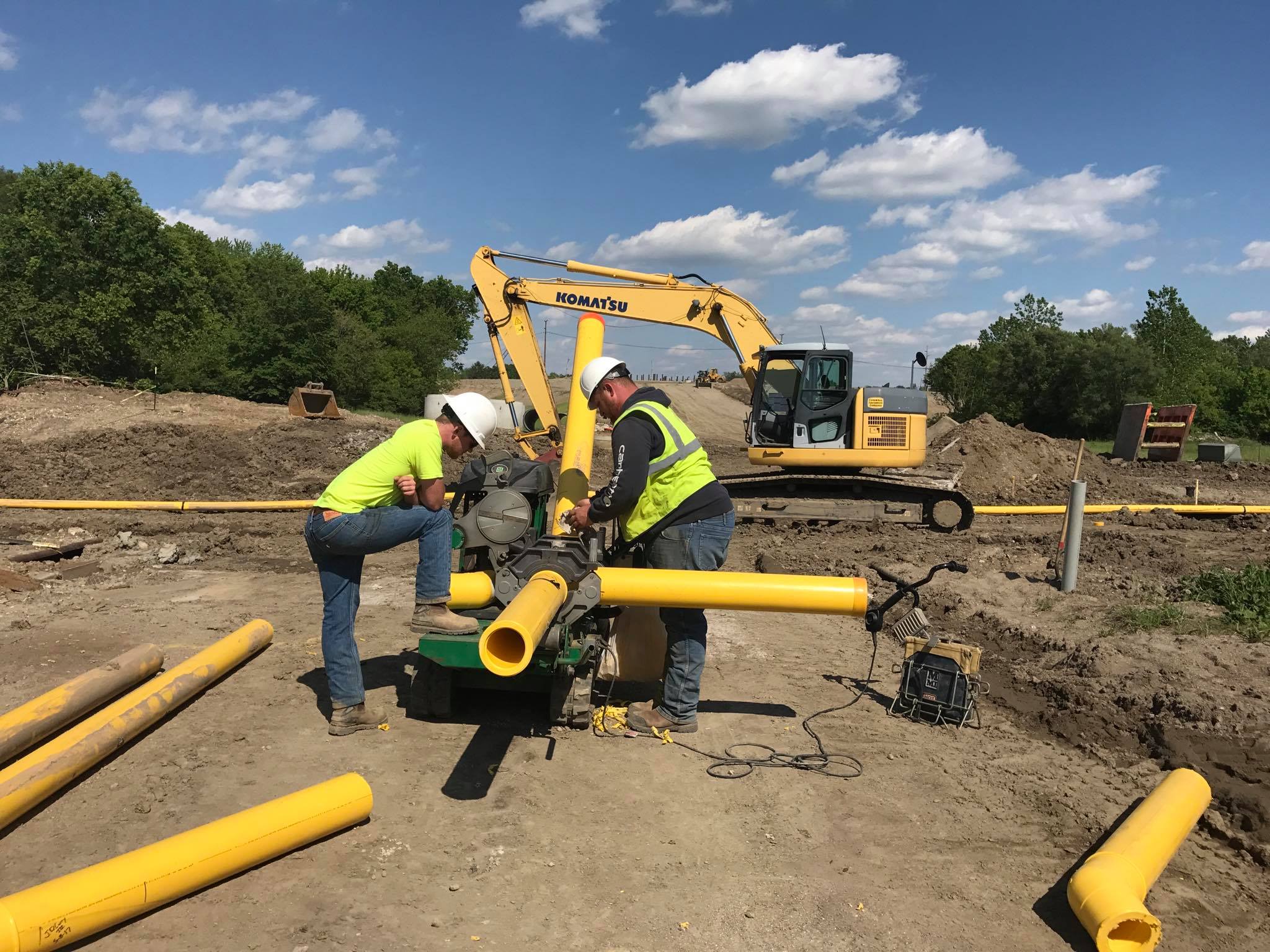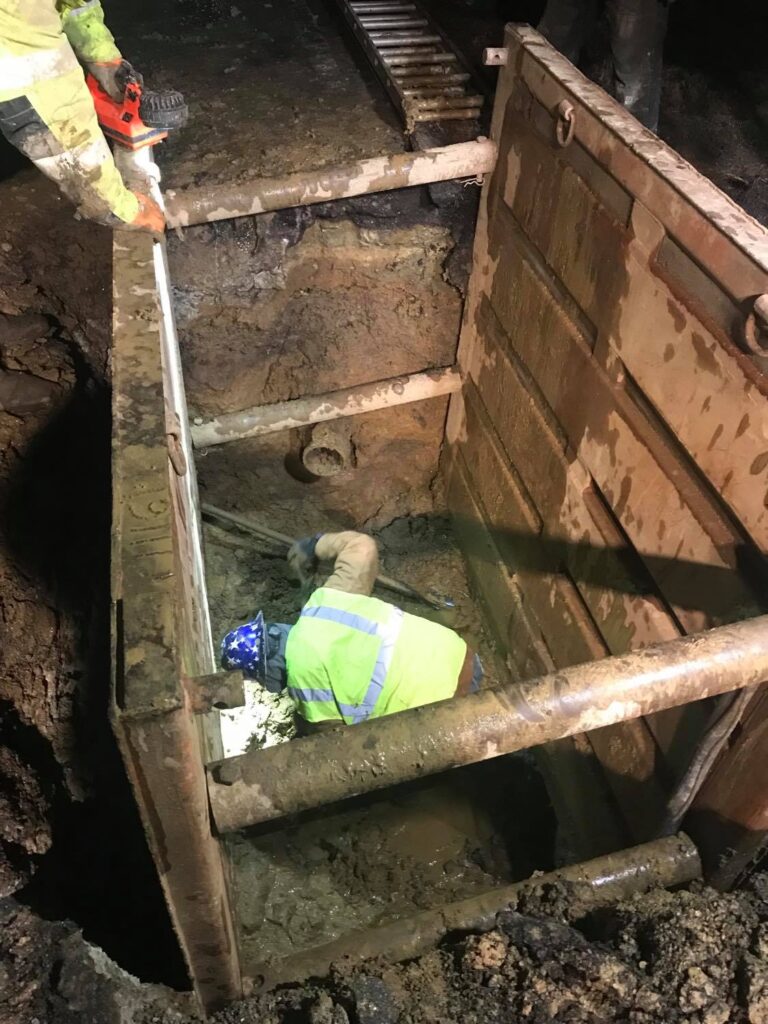
Need to Replace BlueMax?
What is Bluemax and why is it bad?
Blue polyethylene (later replaced with a similarly faulty product called BlueMax) is a type of plastic water pipe designed to be a cheap alternative to copper plumbing. It was until homeowners started experiencing high water bills and pools of water in their yards. It was then that we learned that blue poly was particularly susceptible to pinhole leaks and cracking due to the natural chlorine content of our water. The chlorine attacked the walls of the pipe, weakening it to the point of small pinholes, and sometimes complete breakage.
Don’t try to fix it! replace it. my brother-in-law who lives in Cincinnati had this kind of pipe. The first break was in the center of his yard, then two months after he had it repaired it split where it entered the house, what a mess.
Susi S.
How Can I Tell If My Home Uses Polybutylene Piping?
If you’re not a plumbing expert, then it’s likely you don’t know how to recognize polybutylene piping. Here are some of the easiest ways to recognize polybutylene:
- Check your pipe color. Blue, silvery gray, and black pipes that were ½ inch to 1 inch in diameter were most common for polybutylene, so if you see this in your plumbing, they are most likely poly pipe. Blue ones were typically used outdoors for cold water while silver-gray and black were interchangeable.
- Check for copper connectors. If you don’t see any blue piping, then look for copper connectors since polybutylene piping often has a copper compression ring.
- Check for an identification stamp. See if any of your pipes have identifiable stamping on them. Most polybutylene pipes were stamped with the letters “PB” with a subsequent set of numbers.
- Check your water usage. It’s possible for polybutylene piping to be hidden in the ground where you cannot see it. If this is the case, you will want to monitor your water usage, checking for unusually high water bills, a constantly-running sump pump, or even wet sections of your yard that never dry. These are all signs that you might have polybutylene piping deteriorating underground.
- Do some research. Look into what areas most commonly used polybutylene piping and see if your home is in one of those areas and find out if your home was built between 1975 and 1995. If either of these are the case, it’s highly likely that your home has polybutylene plumbing.
Why Should I Replace Polybutylene Piping?
Polybutylene pipes can take upwards of 10 years to fully deteriorate and leak. However, when the time has passed and they’ve deteriorated, they can cause severe damage to your home. Cracks in your foundation, leaks and mold in carpets, damage to furniture, walls, and even your HVAC unit are all possible expenses of polybutylene pipe issues.
If a leak occurs unnoticed, it can easily develop into mold and mildew growing in your walls, under your carpets, or even in your air duct system, which presents serious health risks.
Remember that these pipes wear away from the inside out, meaning it’s difficult or impossible to know the extent of the polybutylene pipe issue without removing them. If you suspect your home might have polybutylene pipe issues, give us a call and we can come out to give you a professional assessment of your system and determine if the safest decision is to replace them.


Is your home on septic and needing to be tied into a public sewer?
We can help! Leave it to us to tap and install a new sewer to your home!
Cities and towns are constantly running sewer lines into new districts and down new roads. The houses that were on septic systems originally now have the option to tie into public sewer. This is a perfect opportunity for people who have old systems and failing systems. You may not be required to tie into public sewer, and if you have a newer septic system it might be better to just wait. The cost of installing and maintaining a new septic is much higher than paying a quarterly sewer bill. The sewer line is also maintenance and headache free.
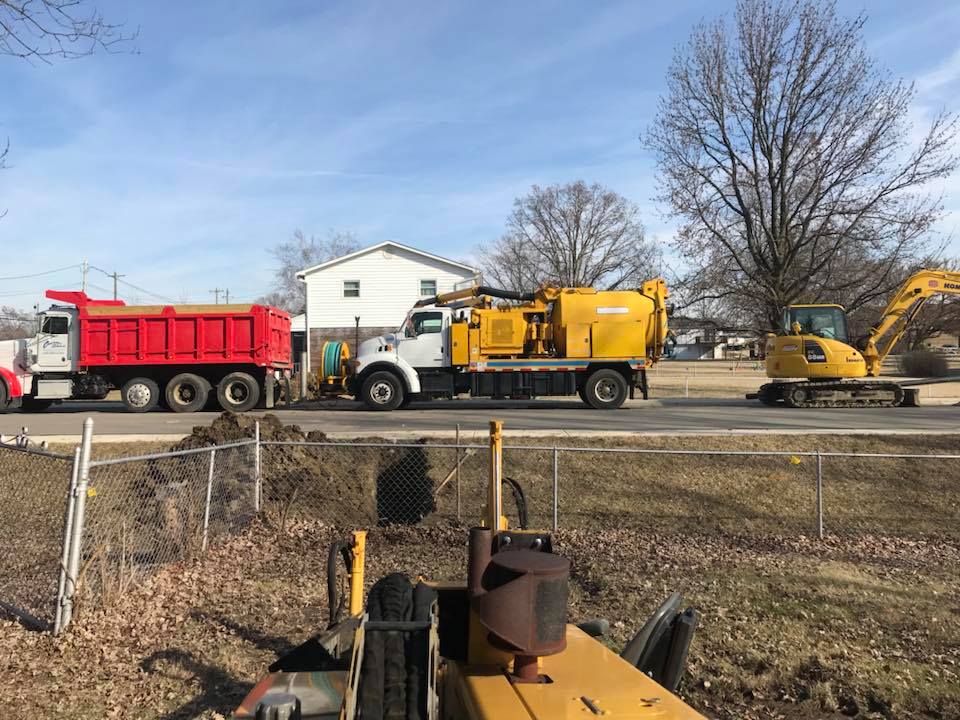
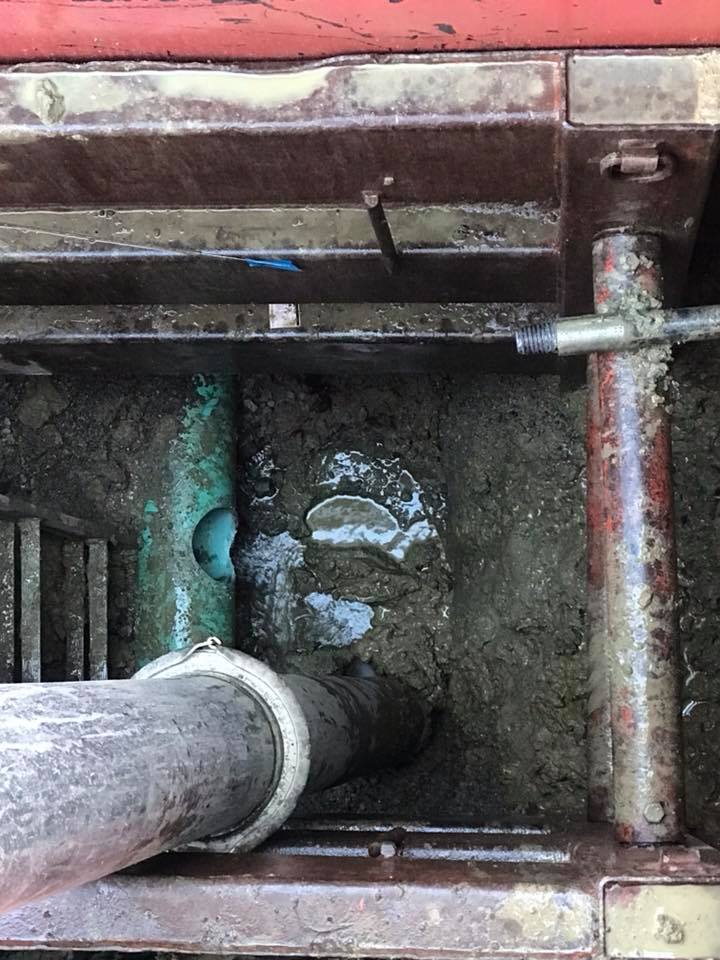
Sewer Lining
Pipe Lining is a minimally invasive process which allows the rehabilitation of existing drainage pipe without having to tear it out and replace it conventionally. In short, Pipe Lining is accomplished by inserting an epoxy saturated felt tube into the pipe, inflating it and letting it cure in place. After the liner has cured, the result is a brand-new pipe within the old pipe.

Utility Locating Service
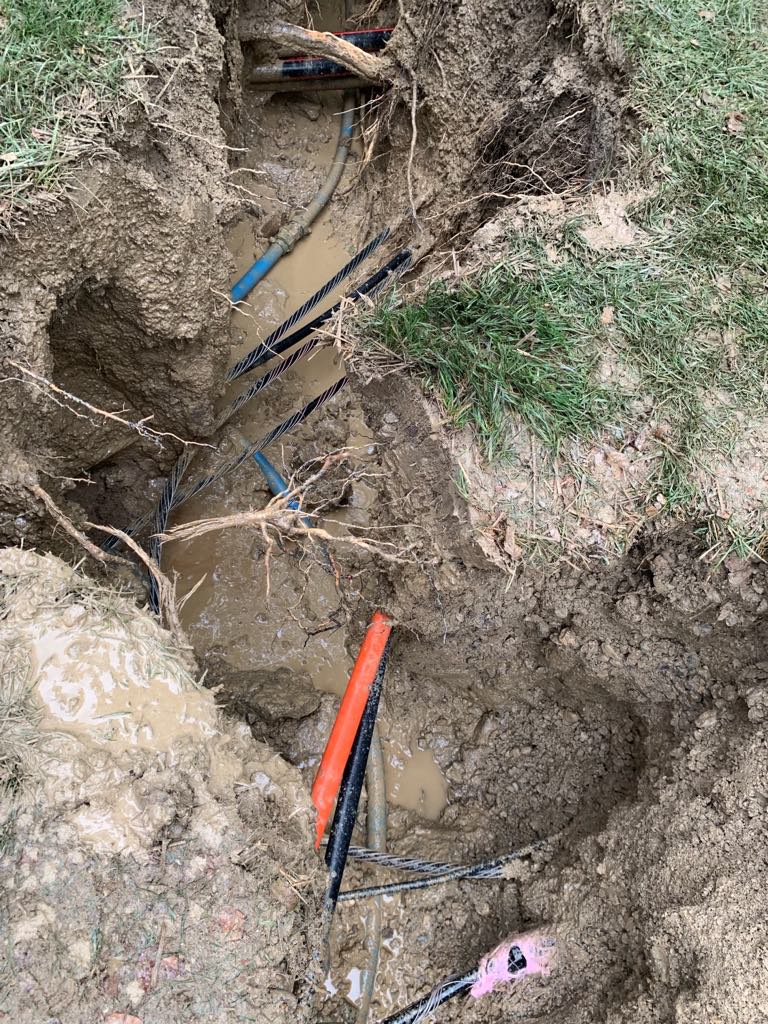
Utility location is the process of identifying and labeling public utility mains that are underground. These mains may include lines for telecommunication, electricity distribution, natural gas, cable television, fiber optics, traffic lights, street lights, storm drains, water mains, and wastewater pipes.
Why use a Licensed Plumber?
If you choose to hire an unlicensed plumbing contractor there are so many things that can go wrong. If someone tells you they can make the repairs but they aren’t licensed to do so, you open yourself up to countless potential problems. Because they most likely don’t have the experience or the expertise, the work they do might not be in compliance with the current plumbing codes (if they even do any work at all). You could be sued if they are injured during the repair because they won’t have the proper insurance. Your own homeowner’s insurance will be invalidated if something goes wrong. If the job takes longer than expected, not done properly, needs to be redone, you are at the mercy of the unlicensed “plumber.” If something is damaged, the repair makes things worse, the materials are of poor quality, there’s nothing you can do legally. Here’s a short list of some of the possible problems that can happen:
Foundation and other structural problems
Sewer backups/stoppages Sewer system not working as it should
Rodents and insect issues
And depending on the repair, you could be putting you and your family’s health and lives at risk like potentially deadly sewer gas odor issues. Not to mention the potential danger to the plumbing crew themselves.
Honestly, the number of things that could go wrong are too many to list here. To be safe and know the job was done right and you are protected, I strongly urge you to always hire a licensed plumber if you need a repair.
Gas Main Fusion
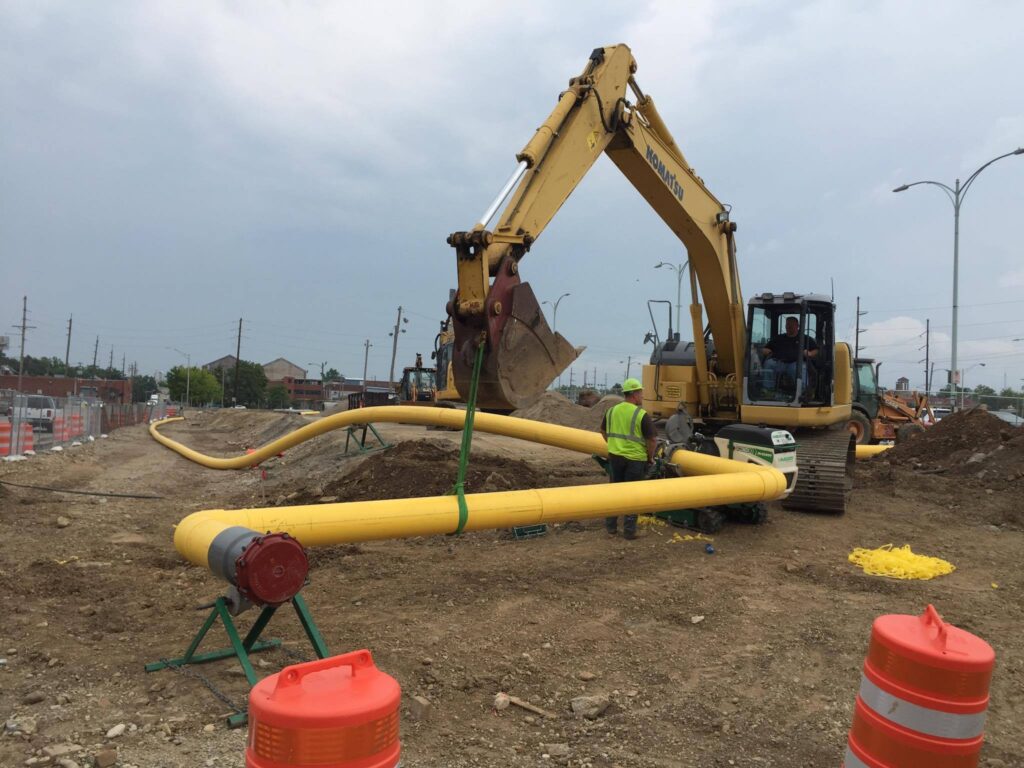
HDPE pipe is butt fused by applying heat to prepared pipe ends and then pushing the pipe ends together with force to make a permanent butt fusion joint. It is a very simple process utilizing a properly sized butt fusion machine for the pipe size to be joined. The pipe is installed and clamped in the butt fusion machine with pipe supports on both ends of the machine to support the pipes on the machine center line. The pipe ends are then faced (machined) to mechanical stops to ensure clean, parallel pipe ends for the heating process. The pipe ends are then aligned using the clamps on the fusion machine. A temperature-controlled heater is installed in the machine and the pipe ends are heated according to the butt fusion standard ASTM International F2620. Once the heating criteria is met, the heater is removed and the pipe ends are brought together at the pre-determined force. This force is held on the joint for the time required by the standard. At this point, the pipe can be removed from the machine and visually inspected before pulling down the pipeline.

